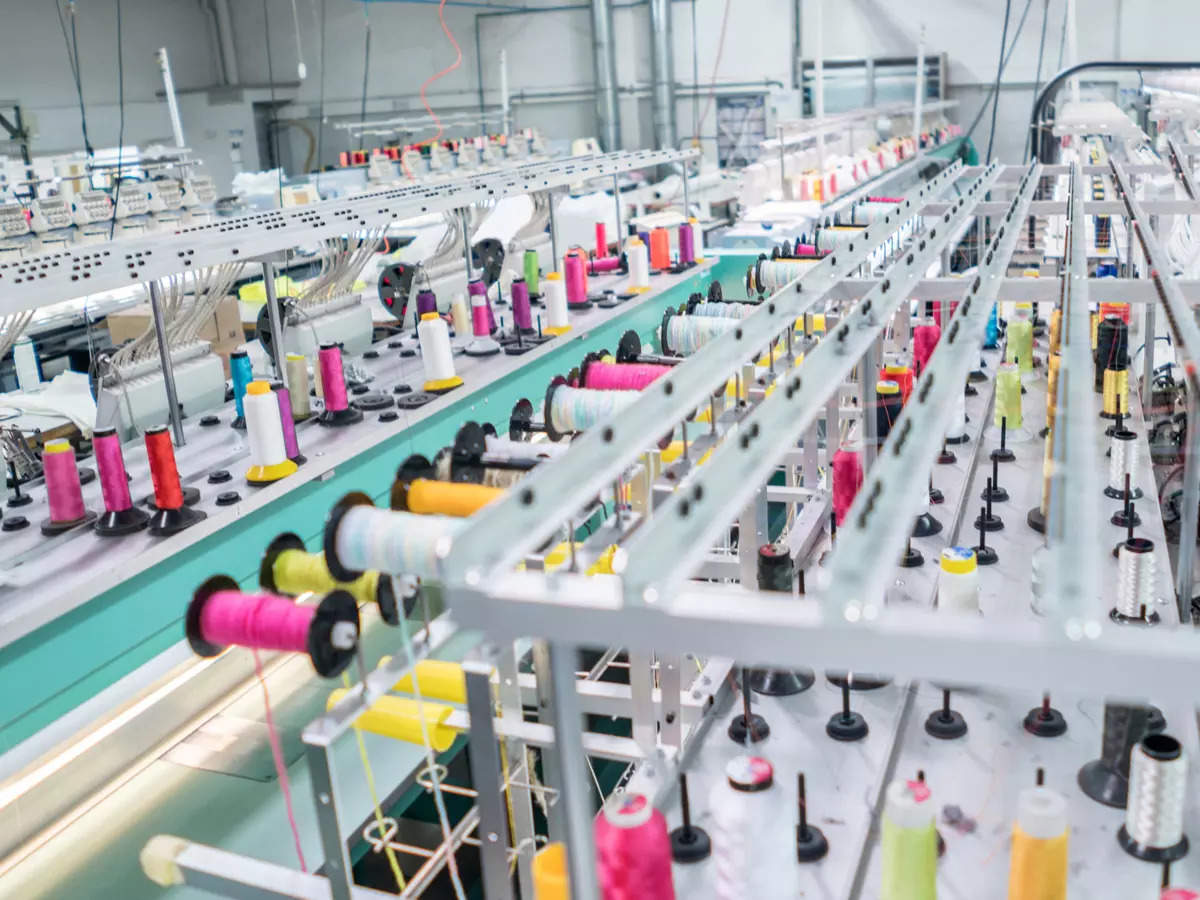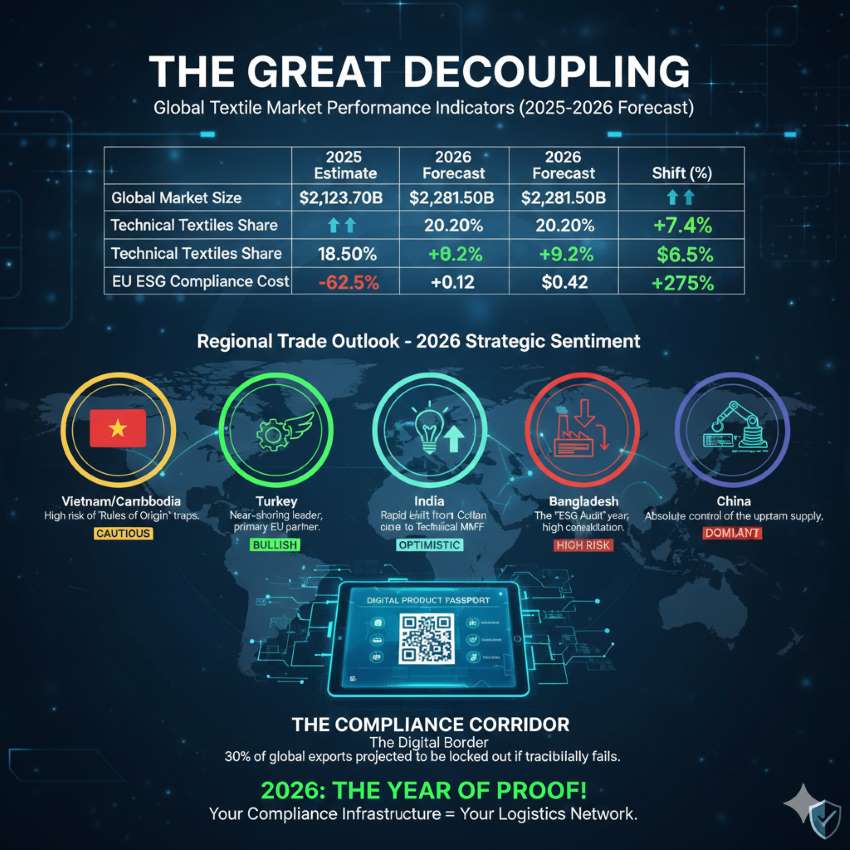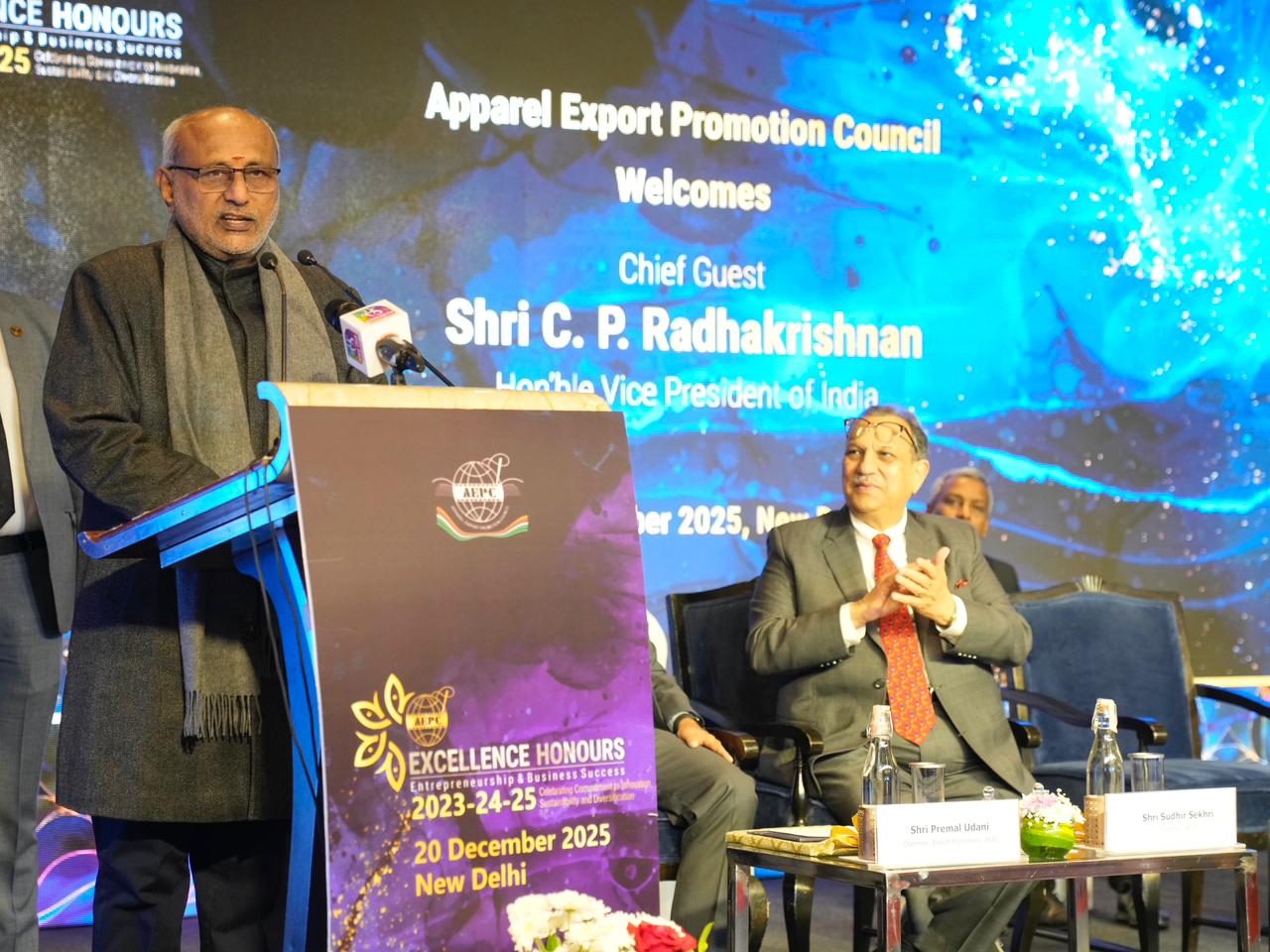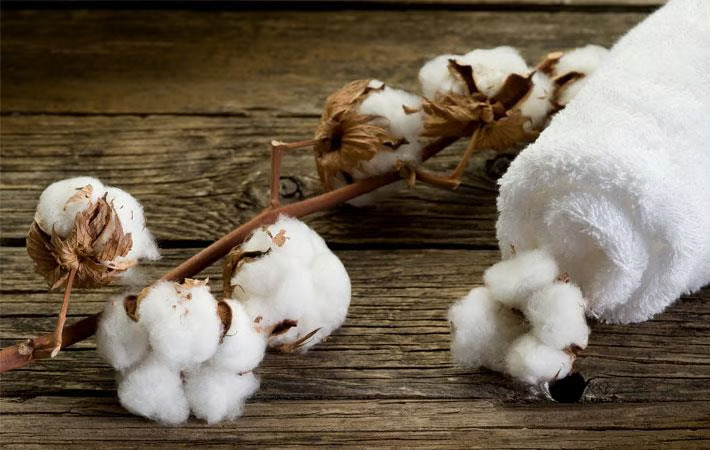
The global apparel and textile industry is undergoing a significant shift. The dominance of China as the world's garment factory is facing a challenge – the China+1 strategy. This strategy sees companies diversifying their manufacturing bases beyond China to mitigate risks and capitalize on new opportunities. Several countries are vying for a piece of this growing pie, with India emerging as a strong contender.
In fact, several countries are vying for a larger piece of the apparel and textile pie. In Southeast Asia Vietnam, Bangladesh, and Cambodia are top contenders, leveraging their low labor costs and established manufacturing infrastructure. Other potential players include: Ethiopia, Mexico, and some Eastern European countries. For example, Raymond, a leading Indian textile and apparel company, exemplifies the China+1 strategy in action. The company has been diversifying its manufacturing base beyond China to countries like Vietnam to cater to the growing global demand for its products
India's opportunities
A report by India Brand Equity Foundation (IBEF) highlights, the Indian textile and apparel industry is expected to reach $223 billion by 2023. A large and growing domestic market of over 1.4 billion people makes India a lucrative destination for both domestic and export-oriented production. This demand surge presents a lucrative opportunity for Indian manufacturers. Coupled with this government initiatives like the Production Linked Incentive (PLI) scheme offer financial incentives to attract investments in the textile sector. Moreover, India is a major producer of cotton and other natural fibers, giving it a cost advantage in sourcing raw materials. Overall India boasts of a well-established textile industry with a strong presence across the entire value chain, from fiber production to finished garments.
Strengths to leverage
To its advantage, India has a strong position and many strengths. To begin with it offers cost competitiveness. Though labor costs in China are rising, India still offers a cost advantage, especially for labor-intensive segments of apparel production. India has a large pool of skilled labor in the textile and garment industry, with a strong vocational training system. And the government has implemented various initiatives like the Scheme for Integrated Textile Parks (SITP) to attract investments and modernize the industry.
India's core strength lies in textiles, particularly in fibers like cotton and man-made fibers (MMF) and yarn production. The country is the world's largest cotton producer and a major player in MMF. However, the apparel sector has immense potential for growth, with the government aiming to increase its share in global apparel exports to 10 per cent by 2030.
However there are numerous challenges also that need to be overcome.
Infrastructure bottlenecks: India needs to improve its infrastructure, including logistics and power supply, to ensure smooth and efficient production.
Policy inconsistencies: Frequent policy changes and a complex regulatory environment can deter investments.
Skill gaps: While there is a large workforce, skill gaps exist in specific areas like design and high-tech garment manufacturing
Indeed, the China+1 strategy presents a great opportunity for India's apparel and textile industry. By addressing infrastructure and skill development challenges, India can become a major player in the global textile landscape. With its strong textile base and growing domestic market, India is well-positioned to seize this opportunity and become a leading force in the ever-evolving apparel and textile industry.












